 Introduction to Archaeology
and Palaeoanthropology:
Introduction to Archaeology
and Palaeoanthropology:
 Introduction to Archaeology
and Palaeoanthropology:
Introduction to Archaeology
and Palaeoanthropology:
Humanity's Journeys
Dr. Kathryn Denning
Anth 2140, Sept 2005 - Apr 2006
(Darwin)
18 Oct 2005... Welcome!
Plan for the day
1 Course business/ announcements...
2 Biology and Evolution: Our place in the biological world
Course business/ Announcements
1 The Centre for Academic Writing is running its courses: http://www.arts.yorku.ca/caw/mini-courses.html
2 Schedule
For today, Tues Oct 18, Weds Oct 19, course kit: Biology and Evolution, and The Living Primates
For next week, Oct 25/26, KIT: An Overview of Primates, Atlas of Primate Skeletal Anatomy, Linda Fedigan and Birute Galdikas, The Culture of Chimpanzees
Next week, Weds Oct 26: Writing Assmt 1 is due in tutorial.
3 Participation exercise
Tomorrow in tutorial: what can we learn about human beings from nonhuman primates? Come prepared to discuss. 1% participation exercise.
Writing Assmt 1
(extra handouts available outside KD's office, Vari 2029)
YOUR QUESTIONS:
Q: In the bibliography, do we italicize or underline book titles?
That's optional. You may leave them plain. Do not use quotation marks around a book title, however; in a bibliography entry, quotation marks are reserved for article or chapter titles.
Q: How do I cite a lecture?
Bibliography: Denning, Kathryn. 2004. Lecture on "Bioarchaeology" in Anthropology 2150, October 13, 2004.
Citation: (Denning 2004)
If you end up citing more than one lecture, do it like this:
Bibliography: Denning, Kathryn. 2004a. Lecture on "Bioarchaeology" in Anthropology 2150, October 13, 2004.
Citation: (Denning 2004a)
Then for the next one, use 2004b. Etc.
Q: How do I cite our 2140 course kit?
The course kit is a compilation of chapters from four different textbooks. FYI, the original books are listed on the very first page of the course kit. You don't need to use that information to cite the kit, though.
Bibliography: 2140 Kit 2005a. "An Overview of the Primates", selection from Anthropology 2140 Course Kit.
Citation: (2140 Kit 2005a)
For another reading, use (2140 Kit 2005b). Etc.
Q: How do I cite a video?
Include as much detail as possible in your bibliography entry. There is usually info on the handout you get in class with the video, or on the lecture web page.
Bibliography: The Lost Vikings of Greenland. 2000. PBS series, Secrets of the Dead.
Citation: (Lost Vikings of Greenland, 2000)
Q: How do I cite a website?
Include as much detail as possible in your bibliography entry, including author, title, URL, date accessed.
e.g. Rheingold, Howard. 2000. A Slice of Life in My Virtual Community. Electronic document, http://well.sf.ca.us/serv/ftp.htm, accessed July 5, 2004.
Click here for more information about online sites.
General Principles:
If you need to cite something that doesn't seem to fit the formulas, then:
- create an abbreviation that you can use in the citation e.g. (short form 2005)
- use that abbreviation to introduce a bibliography entry, in which you include all the information you can find.
Short Form 2005. Title, location, publisher, author, whatever info will help your reader locate the source.
More?
As mentioned on the Assignment handout, here is a web page with additional information: http://www.yorku.ca/kdenning/+AllCourses/anthroref.htm
Evolution
- what is it? Descent with modification. Change over time.
Below:
- social context
- evolutionary time
- species diversity/classification
- the mechanisms of evolution
- cells/DNA/heredity
Social context of theories about evolution
- We all need explanations for how the world came to be this way - who are we? where do we come from? what does it mean to be human? what is our relationship to the natural world? Every culture has a belief system that addresses these questions.
However, science addresses them in a different way -- through developing theories, formulating hypotheses, gathering data, testing the hypotheses, modifying the theories... in a never-ending cycle which has resulted in a vast increase in our knowledge about evolution.
Highly public debates about what should be taught in schools are frequently more about politics and religion than about understanding biology.
Important principles:
1) just because we don't fully understand a process yet doesn't mean that the only explanation is that a divine being made it happen. Another option is to say that we don't know everything yet, and to keep investigating.
2) the study of evolution does not preclude belief in a divine being. That isn't the problem in the evolution-creation controversy. (The problem is the question of what exactly the divine being - if there is one - has been doing, and how exactly we can know that.)
Locating ourselves in time
(Handout)
What are the key dates for biological evolution? (All dates are approximate!)
|
1 |
2 |
3 |
4 |
|
|
Date on a one-year calendar[1] |
Actual Date[2] |
What was new? |
Notes on Extinctions etc. in terms of Geological periods |
GEOLOGICAL PERIODS Only start date is given. Dates are approximate. |
|
Jan 1 |
15 bya |
the universe formed |
|
PRECAMBRIAN |
|
Sept 24 |
4.5 bya |
Earth formed |
|
|
|
Sept 25 |
4 bya |
bacteria appeared |
|
|
|
Nov 15 |
1.7 bya |
multicellular organisms appeared |
|
|
|
Dec 17 |
570 mya
|
complex organisms, jellyfish, worms, invertebrates |
Explosion of biodiversity in Cambrian period |
CAMBRIAN 570 MYA |
|
Dec 19 |
510 mya |
fish, coral, vertebrates |
500 mya (late Cambrian) massive extinction. 440 mya (Ordovician), large extinction. |
ORDOVICIAN 500 MYA
|
|
Dec 21 |
425 mya |
land plants, insects, jawed fish, air-breathing animals first forests 395 mya |
Around 365 mya, Devonian extinction (70% of species lost) |
SILURIAN 430 MYA
DEVONIAN 395 MYA |
|
Dec 23 |
350 mya |
amphibians and reptiles (dinosaurs appeared 230 mya) mammal-like reptiles 280 mya egg-laying mammals 225 mya Great Age of Dinosaurs 190 mya toothed birds 190 mya |
Around 245 mya (end Permian extinction), 96% of all species eliminated, including 75% of all vertebrates Around 200 mya (late Triassic extinction) 25% of species eliminated |
CARBONIFEROUS 345 MYA PERMIAN 280 MYA TRIASSIC 225 MYA JURASSIC 190 MYA
|
|
Dec 25 |
150 mya |
lots of reptiles, fish, amphibians modern birds placental & marsupial mammals |
n.b. continents all one (Pangaea) until splits start ca. 200 mya |
CRETACEOUS 136 MYA |
|
Dec 26 |
65 mya
|
mammals (warm-blooded or homeothermic, i.e. able to regulate own body temperature, and live in more climates; increased investment in offspring; increased brain development) |
65 mya Cretaceous-Tertiary boundary (mass extinction, 85% of all species eliminated, including dinosaurs) |
TERTIARY 65 MYA Tertiary Epochs, below Paleocene 65mya
|
|
|
60 mya |
primates (more like prosimians) with grasping hands, opposable thumbs, stereoscopic vision, nails, collarbone, 1-2 offspring at a time |
Weather everywhere is tropical 40 mya: continents near present positions |
Eocene 55 mya Oligocene 34 mya |
|
Dec 29 |
35 mya |
monkeys and apes (anthropoids): flatter faces, nonmobile ears, very dextrous hands |
33 mya late Eocene extinction, loss of many mammals – global cooling |
Miocene 23 mya |
|
|
15 mya |
ape-like ancestors of humans (hominoids), e.g. Proconsul |
Miocene |
|
|
Dec 31, 10:30 pm |
4 mya |
human-like beings (hominids: Australopithecus afarensis and onwards to Homo): bipedal, bigger brain, reduction of face, teeth, jaws |
Pliocene |
Pliocene 5 mya Pleistocene 1.8 mya |
|
Dec 31 Stone tool use: 11:00:00 pm Agriculture: 11:59:20 Writing: 11:59:51 0 AD: 11:59:56 Now Nuclear weaponry, global culture, space travel |
100 000 ya
anatomically modern humans (Homo sapiens sapiens): larger brain, chin, smaller brow ridges, lighter skeleton, smaller teeth and jaws |
11 000 ya, substantial extinction of large mammals (climate change)
now – the sixth great extinction? |
Holocene 0.01 mya |
|
[1] This metaphor comes from Carl Sagan, Dragons of Eden, 1977 p15
[2] 1 billion = 1 000 000 000 1 million = 1 000 000 bya = billion years ago mya = million years ago
Locating ourselves within the sweep of biological diversity
binomial nomenclature:
| Genus | species | subspecies |
| Homo | sapiens | sapiens |
Always write as Homo sapiens. Generally, italicize.
Primate Taxonomy
Domain - Eukarya
Kingdom - Animalia
Phylum - Chordata
Subphylum - Vertebrata
Class - Mammalia (more specifically, eutherians - cf monotremes and marsupials)
Order - Primates
etc.
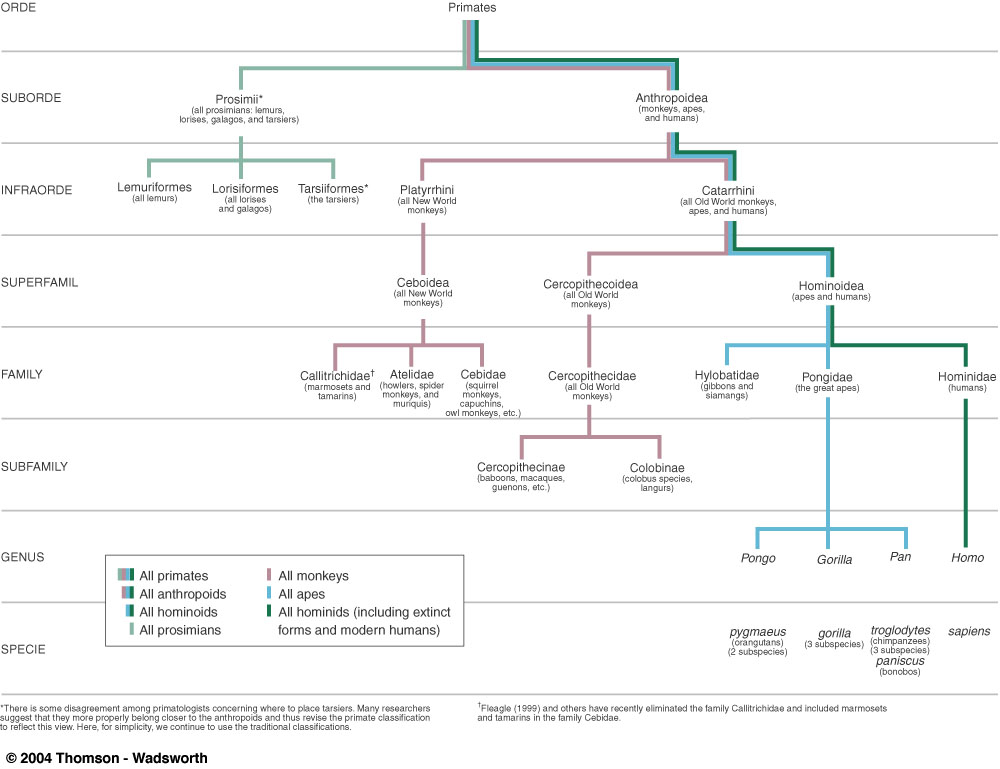
n.b. Taxonomies are meant to organize diversity in an understandable way, but also to show evolutionary relationships... and so taxonomies develop and change as we learn more about species, either from their forms or from their genetics. (Can't organize according to appearance alone because of convergent evolution, whereby species that are quite separate genetically can look quite similar... e.g. sharks and dolphins are completely different organisms but have some superficial similarities)
The mechanisms of evolution
- sex and death, basically.
Natural selection: "The evolutionary process through which factors in the environment exert pressure, favoring some individuals over others to produce the next generation."
For Natural Selection to Work
- a trait must be inherited to have importance in natural selection
- natural selection cannot occur without variation in inherited characteristics
- Fitness is a relative measure that will change as the environment changes.
But note! there are other means of evolutionary change, other than natural selection. Natural selection is only one form of selective pressure. Another is sexual selection, whereby there is competition for mates, and certain traits become favoured. These traits may have little or nothing to do with direct survival -- and may even work against survival! -- but everything to do with whether an individual has the chance to mate or not. Sexual selection can be a very strong force within a species (sometimes even stronger than natural selection).
In addition, there are other processes of evolutionary change:
Genetic drift, founder's effect - due to random events in small populations
Gene flow - mixing between neighbouring populations
Mutation and recombination provide the variability on which selection works.
Be aware that 'survival of the fittest' is a a short-hand term that can make evolution seem much more simple than it is! examples: Queen Elizabeth .... armadillos, skunks, opossums, fainting goats
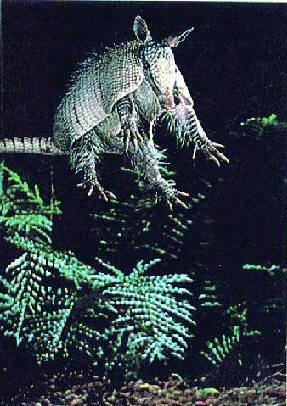
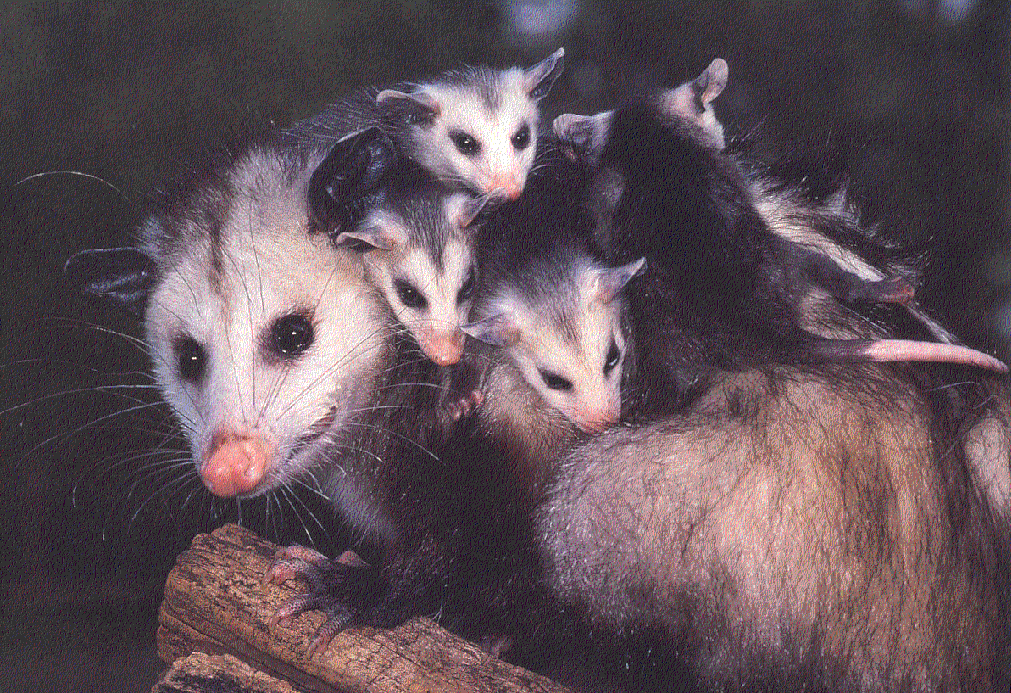

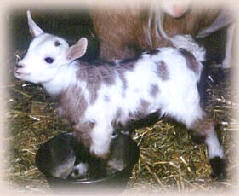
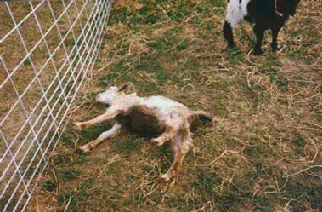
Cells/DNA/heredity:
So how do our cells work, and how does biological inheritance work?
Bottom Line: It's not magic : )
The Cell

Chromosomes and DNA

Nuclear DNA
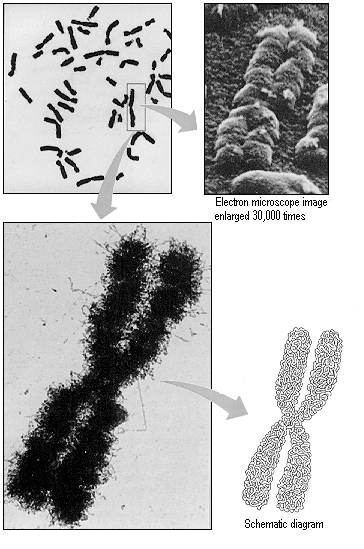
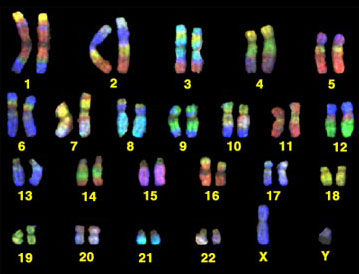

Left - actual scanning electron microscope photograph of human chromosomes, with false colour (by Andrew Syred)
Right - human karyotype, false colour
Watching part of....
Extinction! 60 minutes. 2001. York vid #6285 From the series Evolution, vol 3.
See handout.
Key Themes to Think About
- our place in evolutionary history
- the role of extinction (and subsequent diversification) in evolution – think about the role of chance/contingency in this… the times when habitat change is so profound that selection is utterly drastic, and even the well-adapted die out
- ecosystems as interconnected species, or ‘houses of cards’, which can easily collapse
- recent human life on earth has had a huge impact upon the environment, through deliberate modification of landscape, pollution, domestication, and the introduction of invasive species… this is something that we see often in archaeology
- the icon of the tree as representing the branching course of evolution – we’ll return to this in class
- see the way that evidence of the distant past is buried, in layers that may be below ground (Hawaii), or now exposed above ground (Karoo Desert)